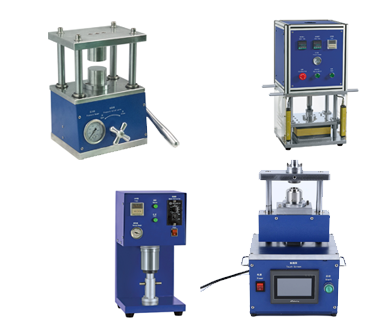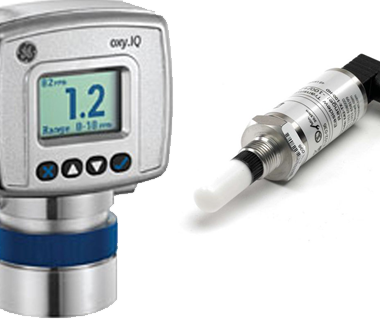No products in the cart.
Biological Safety Manual – Chapter 13: Arthropod Containment Guidelines (ACG)
Title
Biological Safety Manual – Chapter 13: Arthropod Containment Guidelines (ACG)
Guidelines
An ad hoc committee of concerned vector biologists including members of the American Committee Medical Entomology, a subcommittee of the American Society of Tropical Medicine and Hygiene (ASTMH), and other interested persons drafted the “Arthropod Containment Guidelines.” The ACG provide principles of risk assessment for arthropods of public health importance. The risk assessment and practices are designed to be consistent with NIH Guidelines for recombinant DNA research and BMBL. Arthropods included are those that transmit pathogens; however, those arthropods that cause myiasis, infestation, biting, and stinging are not included. The ACG also specifically exclude most uses of Drosophila spp.
The ACG were published in Vector Borne and Zoonotic Diseases.1 They are freely downloadable from https://www.liebertpub.com/ and are available online from the AMCE website.
The ACG recommend biosafety measures specific for arthropods of public health importance considering that:
- Arthropods present unique containment challenges not encountered with microbial pathogens.
- Arthropod containment has not been covered specifically in BMBL or the NIH Guidelines.
The ACG contain two sections of greatest interest to most researchers:
- The Principles of Risk Assessment that discusses arthropods in the usual context (e.g., those known to contain a pathogenic agent, those with uncertain pathogens, and those with no agent).
- They also consider the following:
- biological containment is a significant factor that reduces the hazards associated with accidental escape of arthropods;
- epidemiological context alters the risks of an escape and its impact on the location or site in which the work is performed;
- the phenotype of the vector, such as insecticide resistance; and
- genetically modified arthropods with an emphasis on phenotypic change.
Four Arthropod Containment Levels (ACL 1-4) add increasingly stringent measures and are similar to biosafety levels. The most flexible level is ACL-2 that covers most exotic and transgenic arthropods and those infected with pathogens requiring BSL-2 containment. Like BMBL, each level has the following form:
- standard practices;
- special practices;
- equipment (primary barriers);
- facilities (secondary barriers).
The ACG does not reflect a formal endorsement by ACME or ASTMH. The guidelines are subject to change based on further consideration of the requirements for containment of arthropods and vectors.
References
- American Committee of Medical Entomology; American Society of Tropical Medicine and Hygiene. Arthropod containment guidelines. A project of the American Committee of Medical Entomology and American Society of Tropical Medicine and Hygiene. Vector Borne Zoonotic Dis. 2003;3:61-98.
Back to Chapter Twelve
Proceed to Chapter Fourteen





